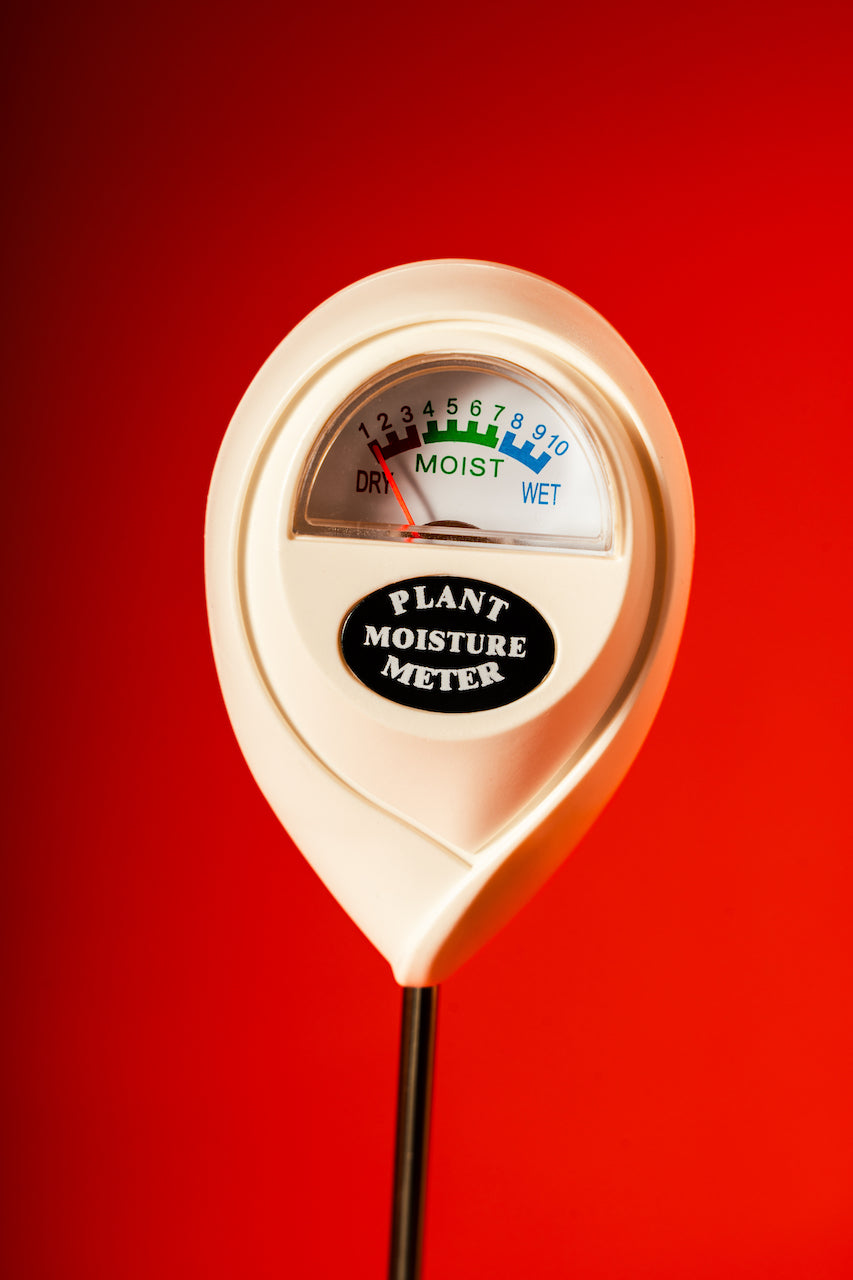Moisture Meter Reviews: Contrasting the most effective Designs for Professional and Do It Yourself Use
Moisture Meter Reviews: Contrasting the most effective Designs for Professional and Do It Yourself Use
Blog Article
Look Into the World of Moisture Meters: Everything You Required to Know
In the world of wetness meters lies a globe of precision and functionality that typically goes undetected. Comprehending exactly how moisture meters run, the different kinds available, and their diverse usages can lose light on their importance in making certain high quality and performance.
How Moisture Meters Work
Moisture meters operate by gauging the electrical conductivity or capacitance of products to identify the wetness web content existing. These meters are important tools throughout different industries, including construction, farming, and woodworking. By using different methods such as pinless or pin-type innovation, dampness meters provide exact analyses that assist professionals make informed choices.
Pin-type dampness meters function by placing the sharp pins right into the material being evaluated. The electric conductivity between the pins is then determined, with higher dampness degrees causing raised conductivity. Moisture Meter. On the other hand, pinless dampness meters make use of electromagnetic signals to scan a larger area without creating any type of damage to the product's surface. These meters are suitable for swiftly examining wetness degrees in huge areas or finished items.
No matter the technique made use of, wetness meters play a critical role in preventing problems such as mold and mildew growth, structural damages, or item issues created by excess wetness. Comprehending how these meters work is crucial for making certain the high quality and integrity of products in various applications.
Types of Moisture Meters
Provided the crucial duty wetness meters play in numerous markets, it is vital to comprehend the different types readily available to specialists for accurately assessing wetness levels - Moisture Meter. There are largely two primary types of moisture meters: pin-type and pinless dampness meters

On the other hand, pinless wetness meters make use of electromagnetic sensor plates to scan a larger area of the product without causing any type of damage. This kind is suitable for promptly scanning huge areas and is commonly made use of for floor covering, walls, and ceilings. Pinless meters are practical for taking analyses on completed surfaces without leaving any kind of visible marks.
Both kinds of moisture meters have their advantages and are selected based on the certain demands of the work handy. Understanding the differences between these types is critical for experts to make accurate dampness evaluations.
Applications Across Industries
Building and construction professionals rely on wetness meters to assess the moisture levels in building materials like drywall, concrete, and timber, which is crucial for preserving architectural honesty and preventing concerns like rot or mold and mildew. The flooring industry makes use of moisture meters to determine the wetness web content in subfloors prior to installing various flooring coverings, protecting against costly damages due to excess dampness. In the food industry, moisture meters are made use of to monitor and regulate moisture degrees in items such as grains, nuts, and dried fruits to maintain quality and high quality.
Tips for Making Use Of Wetness Meters
Use the moisture meter's calibration settings to ensure accurate top article readings when measuring the dampness web content in various products. In addition, make certain the meter is set to the appropriate dampness array for the material you are measuring to acquire the most specific outcomes.
When using a pin-type wetness meter, insert the pins to the proper depth advised for the product being examined. This guarantees that the wetness readings are extracted from the proper depth within the product, providing a more accurate representation of its dampness material. For pinless dampness meters, remember to preserve proper call with the product's surface area to obtain dependable readings.
Consistently check and replace the batteries in your wetness meter to stop incorrect analyses as a result of low power. When not in usage to lengthen its life-span and maintain its precision, Store the meter in a secure and dry area. By adhering to these suggestions, you can make best use of the efficiency of your wetness meter and get accurate dampness content measurements throughout various materials.
Maintenance and Calibration
To make certain the accuracy of dampness web content dimensions, routine maintenance and calibration of the wetness meter are important actions in its proper functioning. Upkeep entails keeping the dampness meter tidy and cost-free from debris that can influence its analyses. It is necessary to comply with the producer's guidelines for cleaning up to avoid damage to the device. Furthermore, regular calibration is necessary to validate the precision of the readings. Calibration adjusts the moisture meter to guarantee that it gives regular and trustworthy results.
Calibration Get More Information ought to be executed occasionally, particularly if the wetness meter is used frequently or in crucial applications where precise dimensions are called for. Many moisture meters come with calibration devices or can be adjusted by professional services. Moisture Meter. It is recommended to maintain a log of calibration dates and results to track the performance of the moisture meter gradually. By home calibrating the moisture and preserving meter consistently, users can trust the accuracy of the moisture content dimensions acquired.
Conclusion

In conclusion, moisture meters play a critical function in numerous industries by precisely determining the wetness material of materials. Recognizing just how these devices function, the various kinds readily available, and appropriate maintenance and calibration are necessary for obtaining reputable outcomes. Whether in production, farming, or building, using wetness meters assists make sure quality assurance and performance in processes.

In final thought, dampness meters play an essential function in various sectors by accurately determining the moisture material of products.
Report this page